Introduction of Jalousie Window
jalousie is a French word for “jealousy” and is derived from the Italian word “geloso” in 18th century France. Which means “jealous” or “screen”. Jalousie windows are used to protect the interior of the house from jealous and peeping eyes.
jalousie windows are known by different names in different parts of the world. In some regions, this window is known as a louvered window.
This window looks like a Venetian window blind. This window is more common in coastal areas because of the warmer climate.
Origin of Jalousie Window
Important Point
Van Ellis Huff made hand-cranked glass, aluminum, and screen windows.
Jalousie windows were patented on November 26, 1901, by Joseph W. Walker of Malden, Massachusetts. At that time this window was used more in the closed porch and three seasons area.
This window was more suited to the southern climate. The window was used extensively during the energy crisis of the 1970s.
The Jalousie window was first seen in places like Australia, New Zealand, the Pacific Islands, Southeast Asia, the United Kingdom, etc.
In this window frame glass, acrylic or wooden louver sets are parallel to each other. In this window, the louvers are attached to the track so that they can be turned by the crank to open and close to control the airflow.
What Is Jalousie Window?
Jalousie windows are usually made of glass slates. These windows are also found in wood, acrylic, or metal slates.
The horizontal slates can be controlled by a crank which prevents rain and allows maximum airflow to enter.
The crank is also useful for opening or closing windows and setting slates at different angles. When we close these windows, the slates overlap and form a seal.
The jalousie window works just like the awning window. Depending on the intensity of wind or rain, it is possible to open it in half or even with the help of a crank.
Single and double-hung windows cannot be opened half as desired while this window can be opened at any desired angle.
These windows is also known as “louvered windows” or “jalacy windows” in different areas.
Purpose of Jalousie Windows
The main purpose of this window is that it can be used to maintain a favorable temperature in any season in a house without an air conditioner.
This window is the best option to get ventilation when there is a lack of space in a stick-built or mobile home.
These windows give an aesthetic design to any building or house and are available in a variety of materials.
Jalousie glass slat windows can provide light as well as can be installed with UV sunlight protection to resist heat on hot days.
Useful Article For You
- What Is a Contour Interval
- What Is Tile
- What Is the Difference Between a Shower Pan and a Shower Base?
- What Is a Window Panel
- Type of Arch
- What Is the Measurement for a Queen Size Bed
- What Is Considered Livable Space
- What Is One Way You Can Save Electricity?
- What Is a Bundle of Shingles
- What Is a Gallon of Water Weigh
- What Is Sand Blasting
- What Is a Span Bridge
- What Is the Little Black Diamond on a Tape Measure
- What Is a Louvered Door
- What Is a Spread Footing
- What Is Leveling
- Different Types of Beam
- What Is Pedestal
- What Is Plumbing Fixtures
- Soft Floors
- What Is Slab Construction
- What Is Calacatta Quartz
- What Is Auxiliary View
- Sheepsfoot Roller
- What Is 1 Flight of Stairs
- What Is Refractory Cement
- Dry Pack Concrete
- What Is Luminous Flux Vs Lumens
- What Is a Frost Wall
- What Is an Undercoat
- What Is Road Pavement
- Arch Foundation
- What Is a Stair Landing
- What Is a Spandrel Beam
- What Is Pier and Beam Foundation
- What Is a Pile Cap
- What Is a Mat Foundation
- What Is a Floating Slab
- What Is the Purpose of Foundation
- What Is a Flush Door
- What Is Residential Construction
- What Is the Best Foundation for a House
- What Is a Benchmark in Surveying
- What Is a Engineering Drawing
- What Is an Admixture
- What Is the Standard Size Water Supply Line
- What Is the Difference Between Tension and Compression?
- What Is a Tremie
- What Is Tributary Area
- What Is Shoring Construction
- What Is a Cason
- What Is Wall Putty
- What Is the Difference Between Mortar and Concrete
- What Is Bhk
- What Is Sbc of Soil
- What Is Plinth Level
- What Is Water Proofing
- What Is Mix Design of Concrete
- What Is Fine Aggregate
- What Is Retention Money
- What Is Design Mix
- What Is Isometric Scale
- What Is Development Length
- What Is Superelevation
- What Is Wall Made Of
- What Is Micro Piling
- What Is Soil Stack
- What Is a Half Wall Called
- What Is Flagstone
- What Is a Cinder Block
- What Is Floors
- What Is a Parapet in Construction
- What Is Concept Drawing
- What Is a 30 Degree Angle
- What Is a Mezzanine Level
- What Is Plinth Area
- What Is Precipitation
- What Is a Soffit
- What Is the Difference Between Residual and Transported Soil
- What Is a Drop Manhole
- What Is Oblique View
- What Is a Flyover Bridge
- What Is Tie Beam
- What Is the Cost of 1 Bag Cement
- What Is Well Foundation
- What Is the Principle of Chain Surveying
- What Is Dlc in Road Construction
- What Are the Advantages of Levelling
- What Is Hardened Concrete
- What Is Plinth Protection
- What Is Wbm Road
- What Is Measurement Book
- What Is Traversing in Surveying
- What Is the Space Between Windows Called
- What Is a Moment Frame
- What Is 53 Grade Cement
- What Is True Slump
- What Is Joisted Masonry Construction
- What Is the Back Azimuth of 180 Degrees
- What Is Stretcher Bond
- What Is Consistency of Cement
- What Is Pointing
- What Is Design Period
- What Is Long Column and Short Column
- What Is the Full Form of Rcc
- What Is Centering in Construction
- What Is Stone Masonry
- What Is M30 Concrete
- What Is Dead Load and Live Load
- What Is Grouting
- What Is Grade Slab
- What Is a Roof Overhang Called
Types of Jalousie Windows
The following materials can be selected based on the specific need for windows in the house.
- Vinyl Jalousie Window
- Aluminum jalousie window
- Acrylic jalousie window
- Conventional wood jalousie window
The jalousie window has the option to change the slats to modify its style and corresponding function.
Slats can be made from materials like glass, wood, acrylic, and aluminum. The glass slats come with colored, frosted, and solid materials that help provide privacy. Slats can be easily unhooked.
Hurricane-proof jalousie windows can be made using metal like aluminum. There is also the option of replacing jealousy windows with vinyl. A wooden jalousie window made of wood gives the house a unique look.
Automatic jalousie windows are also available that open and close programming or remote.
Jalousie Window Glass Sizes
These window slats are available in two standard sizes. 4 inches and 6 inches. Length and thickness vary.
The required window can be obtained by jalousie glass slats replacement. Frosted glass or textured glass is very useful in spaces like bathrooms and bedrooms.
When buying jalousie glass or louver glass it is important to make sure the glass is strong and tempered for brake resistance.
How To Secure Jalousie Windows?
Although modern manufacturers offer jalousie windows with security, sometimes there are some options available if the old windows need to be secured in the house.
S-rings or S-hooks are available at many hardware stores on the market, as well as Louvre lock kits to protect the jalousie glass.
This window has a tension spring in the security clip, which can be clipped to the bottom of the louver to prevent slipping. It is advisable to use epoxy glue or silicone sealant to fix the Louvre glass slates in the metal frame.
How To Clean Jalousie Windows?
Take out all the glass slats to clean this window. Then pour the detergent into hot water and prepare the mixture by shaking well.
Put all the slats in this mixture for 15 minutes. Use the microfiber cloth to remove dirt on all these slats.
Wash all panels thoroughly with clean water and wipe with a large handkerchief. Also, wash glass slats with clean water and wipe with a big handkerchief.
Once the slats and panels are dry, put all the glass slats back in the panel.
Jalousie Window Glass Replacement
Jalousie window glass slats can be replaced by following the steps below:
- Remove setscrews from housings at each end of the pane by holding a glass pane firmly.
- Carefully slide the old pane outside the housing.
- Remove any kind of dirt, corrosion, or debris from the housing before adding a new glass.
- Insert a new glass pane into the metal housing and then replace the metal wedge and secure it with setscrews.
The process of jalousie replacement glass or louver window glass replacement can be done based on the details given above.
Useful Article for You
- Zero Force Members
- How Much Does a Yard of Concrete Weigh
- Cmu Wall Meaning
- Gradient Road
- Budget Sunroom Ideas
- What Is Gypsum Board
- Types of Vaulted Ceilings
- How Does Baking Soda Remove Blood from Carpet
- What Are Forms in Construction
- How Heavy Is Dirt
- Tender Meaning in Architecture
- Dark Olive Green House
- Cast in Place Concrete
- Lean to Roof
- How Tall Is an Average Door
- Grade Beam Foundation
- Window Sill Height
- Concrete Cold Joint
- Types of Traps
- Types of Pipe
- Wood Supporting Beams
- Finishing Plaster
- Home Depot Scrap Wood
- Lvl Beam Size Calculator
- Structural Shell
- Curb Types
- Msand
- Optimum Dry Meaning
- Disadvantages of Low-E Glass
- Bridge Abutment Definition
- Build Materials List
- Composite Masonry Wall
- Is Cedar a Hardwood or Softwood
- Modified Proctor Test
- Physical Properties of Sand
- Crane Machine Construction
- Door Frame Types
- How Much Does 55 Gallons of Oil Weigh
- Dog Leg Stairs
- Concrete Salt Finish
- Westpoint Bridge Builders
- Types of Porches
- Hempcrete Disadvantages
- Roof Pitch Types
- Types of Weirs
- Asphalt Floor
- Dutch Roof
- #6 Rebar Weight Per Foot
- Prizmatic Compass
- Bond Break Concrete
- Poured Concrete Wall Cost Calculator
- How Many 60 Lb Bags of Concrete in a Yard
- Wood Fence Post Spacing Chart
- Falsework
- Design of Building Structures
- Topping Slab
- Types of Cinder Blocks
- Fresh Concrete
- Door Colors for Red Brick House
- Clear Cover Concrete
- Tiles Brand
- Cement Consumption in Plaster
- Aggregate Density Kg M3
- Weight of Concrete Slab Calculator
- Is Clay Smaller Than Silt
- How to Calculate Dead Load
- Bad Concrete Work
- Stepped Foundations
- Residential Construction Cost Estimator Excel
- Different Construction Trucks
- Septic Pump Replacement Cost
- Dead Load Calculator
- Beam Vs Column
- Concrete Mix Ratio
- Caisson Foundation
- Glulam Beam Weight Calculator
- Bituminous Pavement
- M30 Mix Ratio
- Is 2502
- Reinforced Brick Work
- Plinth Level
- Trapezoidal Footing Formula
- Slab Steel Calculation
- Rolling Margin of Steel
- Top 20 Pvc Pipe Brands in India
- Top 5 Cement in India
- How Much Weight Can a 6×6 Support Horizontally
- Modulus of Rupture Formula
- Types of Curtains
- Building Estimate Excel Sheet
- How Is the Skeleton Similar to the Frame of a House?
- Which of the Following Best Explains Why Buildings Tip During Earthquakes?
- Rate Analysis of Civil Works
- Water Tank Company Name
- 1 Soot in Mm
- Reinforcement Lap Length Table
- Difference Between Bearing and Azimuth
- Camber in Road
- Rate Analysis of Plaster
- Ply Company Name
- Boq Full Form in Tender
- Well Point
- Plastering Ratio
- Rcc Value Day
- What Type of Slope Failure Is Shown in This Figure
- Weep Holes in Retaining Wall
Jalousie Window Replacement Cost
The estimated cost for a replacement Jalousie window or louver window replacement can be between $ 180 and $ 370 on average.
Advantages of Jalousie Window
Here is the list of Jalousie Windows Pros as follows.
1. Nostalgic and Historic Charm
Wooden Jalousie Window helps in giving a nostalgic appeal to the house. This window is useful to give the house a historic charm.
2. Airflow
These windows can provide convenient ventilation to the house. This window has the best airflow as it has glass or wooden slatted open slates.
3. Best Ventilation and Privacy
This window is a natural ventilator and can provide good privacy. This window is able to provide continuous air circulation without any privilege in privacy.
4. Best in Rainy Season and Summer
This window can be kept open even when it is raining as it opens towards the bottom. It can also be left open when sunlight falls directly on the window as it prevents sunlight from entering the room directly.
Disadvantages of Jalousie Window
Here is the list of Jalousie Windows Cons as follows.
1. Lack of Security
Jalousie windows are weak in terms of home security. Open and closed horizontal panels for ventilation can attract anyone who wants to enter the house.
Wood or glass panels are sensitive so can be easily broken and increase the risk of person entry.
2. Does Not Mix with Air Conditioning
Jalousie windows may be a good choice for homes that do not have air conditioners, but for homes that have air conditioning, they may prove to be poor in terms of energy efficiency.
This is because the window never closes completely as there is still some space between the panels even when it is closed.
This also applies in winter as the heat in the house goes out through this window and the cold outside enters inside the house.
3. More Functional Parts
The jalousie window has more functional parts so it can be messier. As a result, they need to be repaired, and this can be a waste of time and money.
4. Excessive Exposure to the Atmosphere
The working parts for opening and closing windows are more exposed to outdoor weather than other windows.
Problems such as mechanical problems, corrosion, and broken parts remain. This window fails to work easily due to a lack of reinforcement.
What Does the Term “Jalousie” Mean, and Why Are These Windows Called So?
“Jalousie” is derived from the French word for “jealousy” and is related to the Italian word “geloso,” meaning “jealous” or “screen.” These windows earned their name as they were historically used to protect the interior from prying or envious eyes.
What Are the Different Names for Jalousie Windows?
Jalousie windows are known by various names globally. In certain regions, they are referred to as louvered windows due to their appearance similar to Venetian blinds.
Where Did the Concept of Jalousie Windows Originate?
The patent for jalousie windows dates back to November 26, 1901, credited to Joseph W. Walker of Malden, Massachusetts. They were initially popular in closed porches and areas experiencing warmer climates.
What Is the Primary Purpose of Jalousie Windows?
Jalousie windows offer optimal ventilation and temperature control, making them ideal for homes without air conditioning. Additionally, they provide an aesthetic appeal and are available in various materials.
What Are the Different Types of Jalousie Windows Available?
Jalousie windows come in various materials like vinyl, aluminum, acrylic, and conventional wood, each offering unique features. They also offer options to modify slats for functional and stylistic purposes.
How Can One Ensure Security for Jalousie Windows?
Modern jalousie windows often come with security features. However, additional security options like S-rings, Louvre lock kits, and tension springs can be utilized for older windows. Using epoxy glue or silicone sealant can also reinforce security.
What Is the Process for Cleaning Jalousie Windows?
Cleaning involves removing all glass slats, soaking them in a detergent mixture, rinsing thoroughly, and wiping them dry before reinstallation.
How Can One Replace Jalousie Window Glass Slats?
To replace glass slats, one needs to remove setscrews, carefully slide out the old pane, clean the housing, insert a new glass pane, and secure it with setscrews, following specific steps.
What Is the Average Cost of Replacing a Jalousie Window?
Replacement costs for jalousie windows typically range between $180 and $370, considering variations in materials and labor.
What Are the Advantages and Disadvantages of Using Jalousie Windows?
Jalousie windows offer excellent airflow, historic charm, and natural ventilation but may compromise security, energy efficiency in air-conditioned homes, and can be prone to mechanical issues due to exposure to weather elements.
Like this post? Share it with your friends!
Suggested Read –
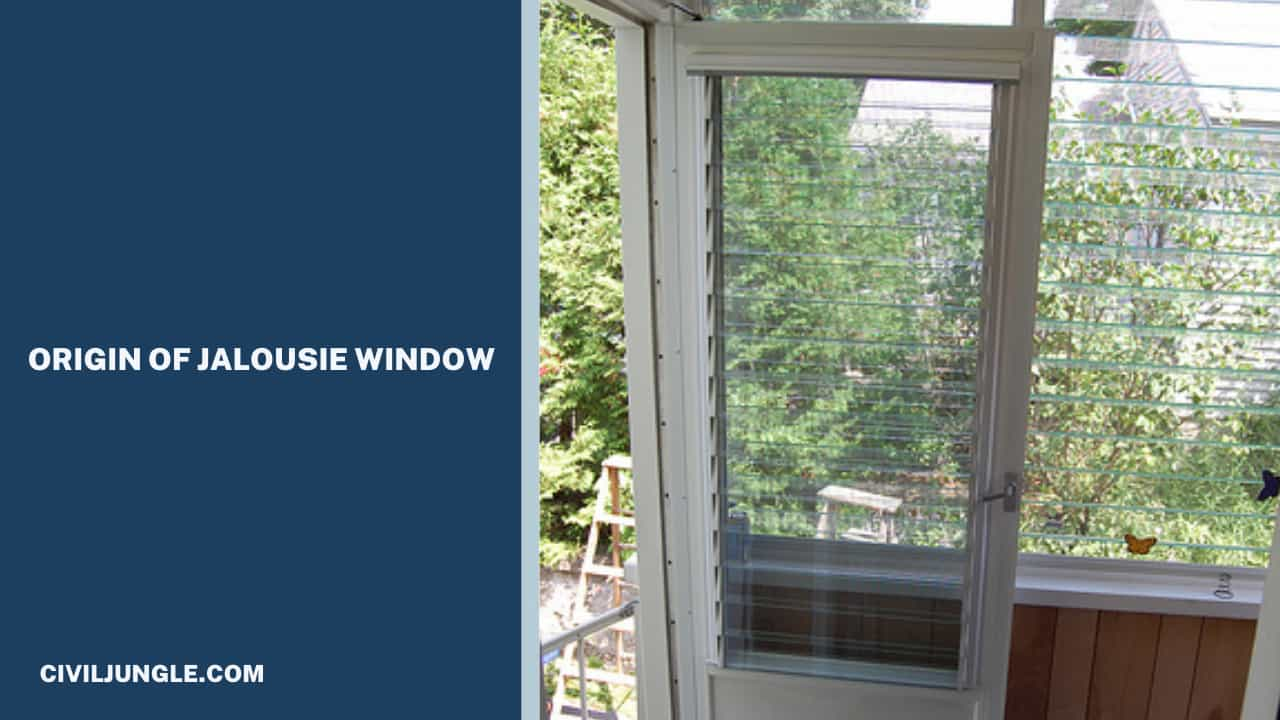
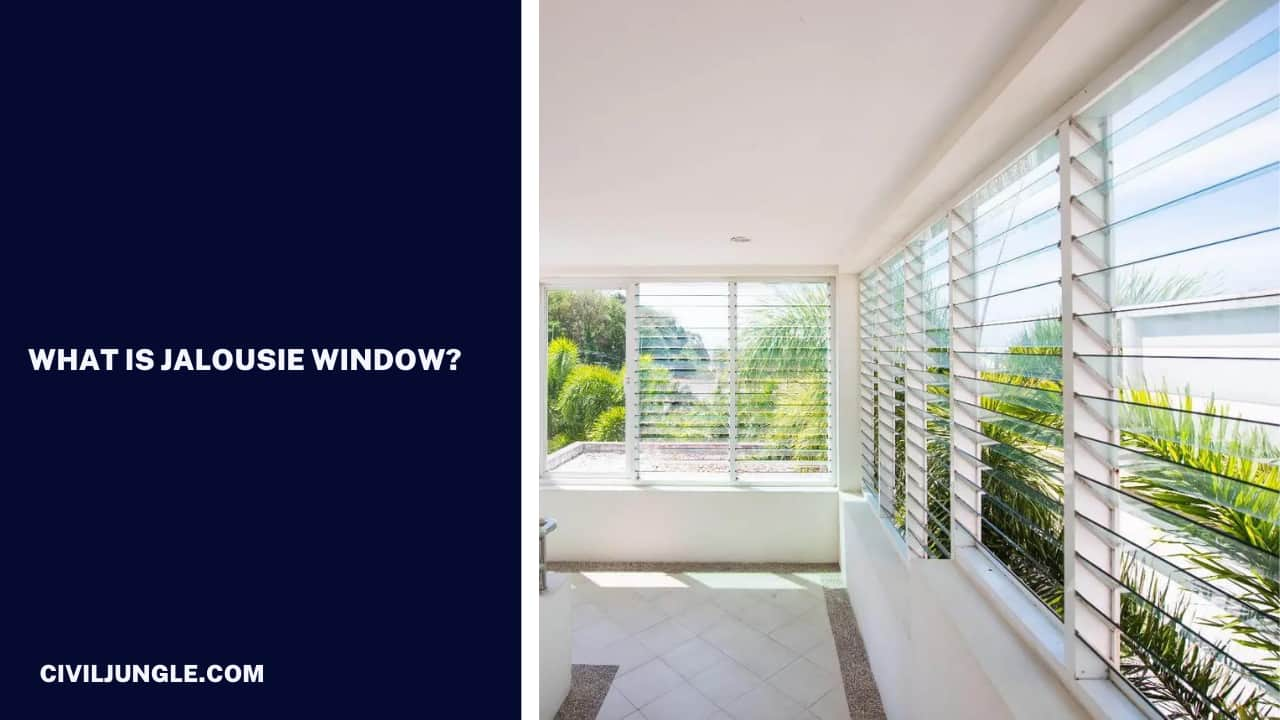
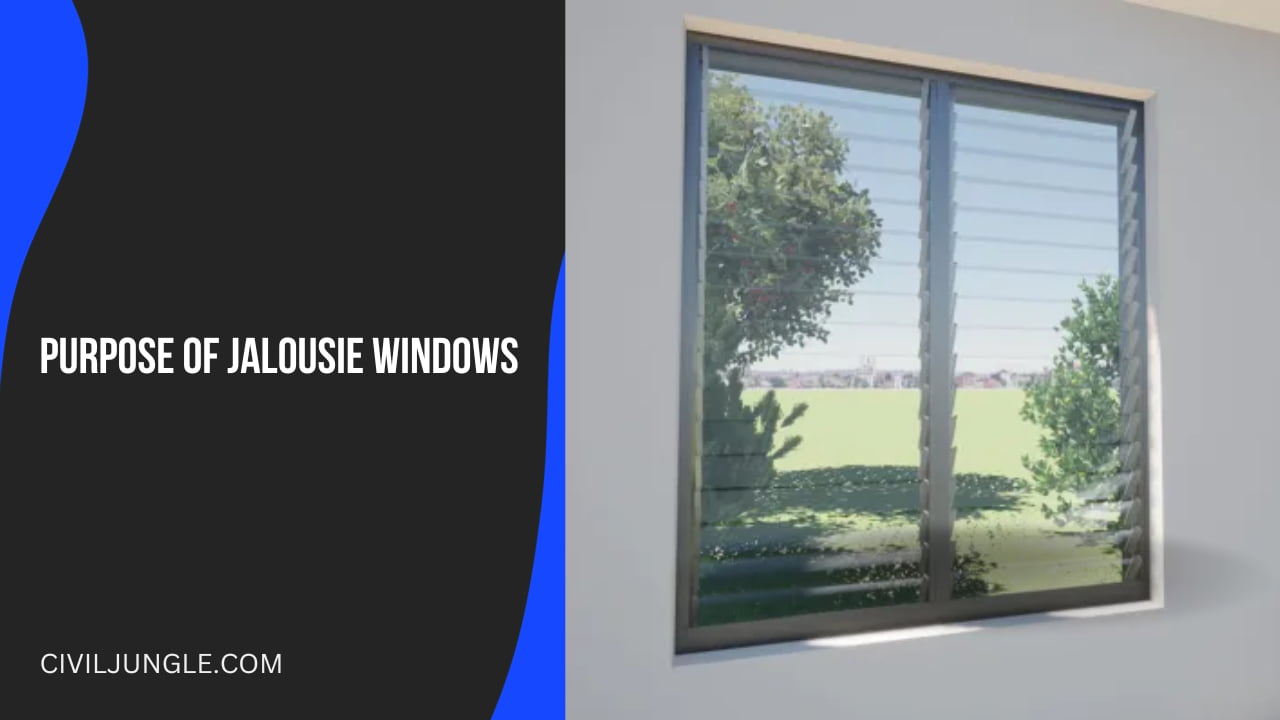
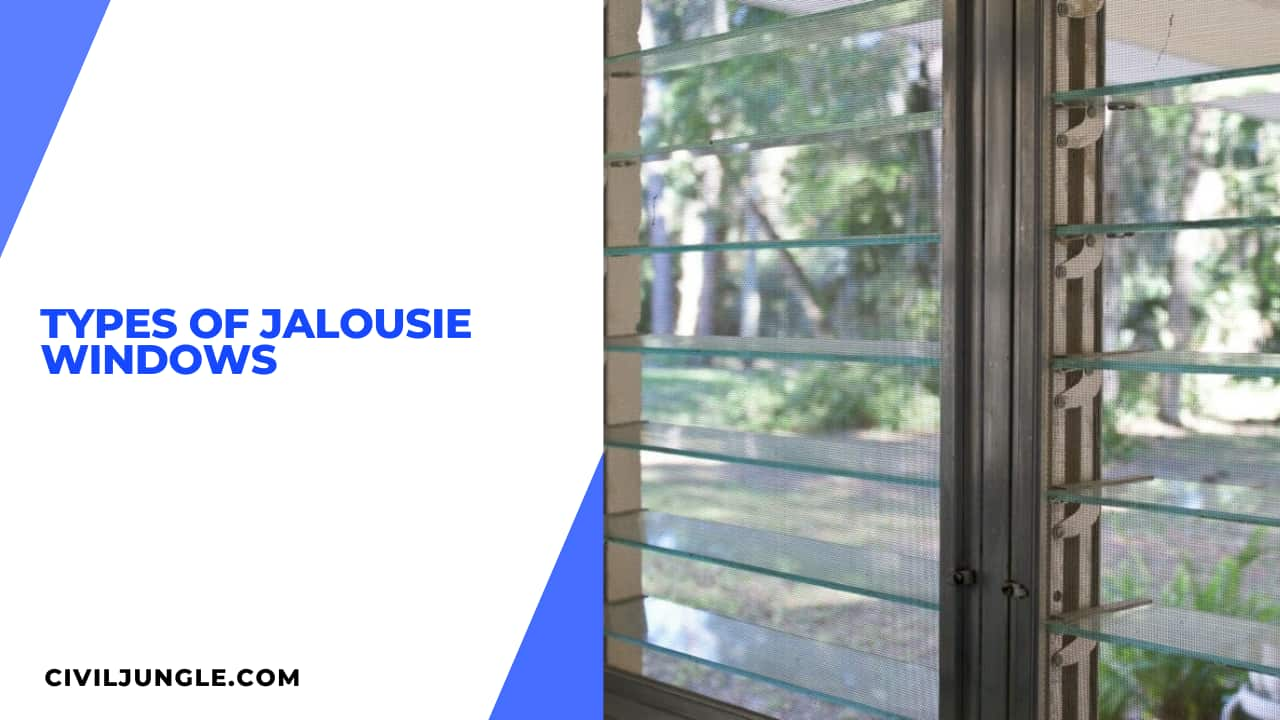
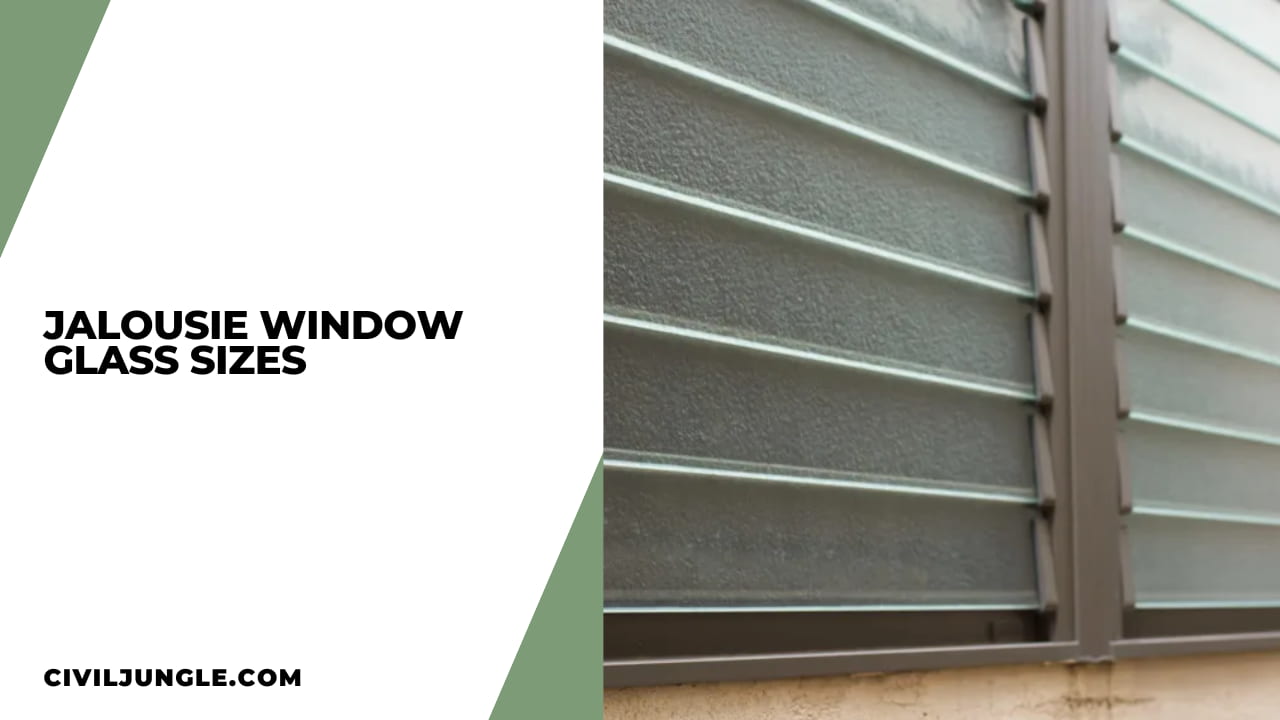

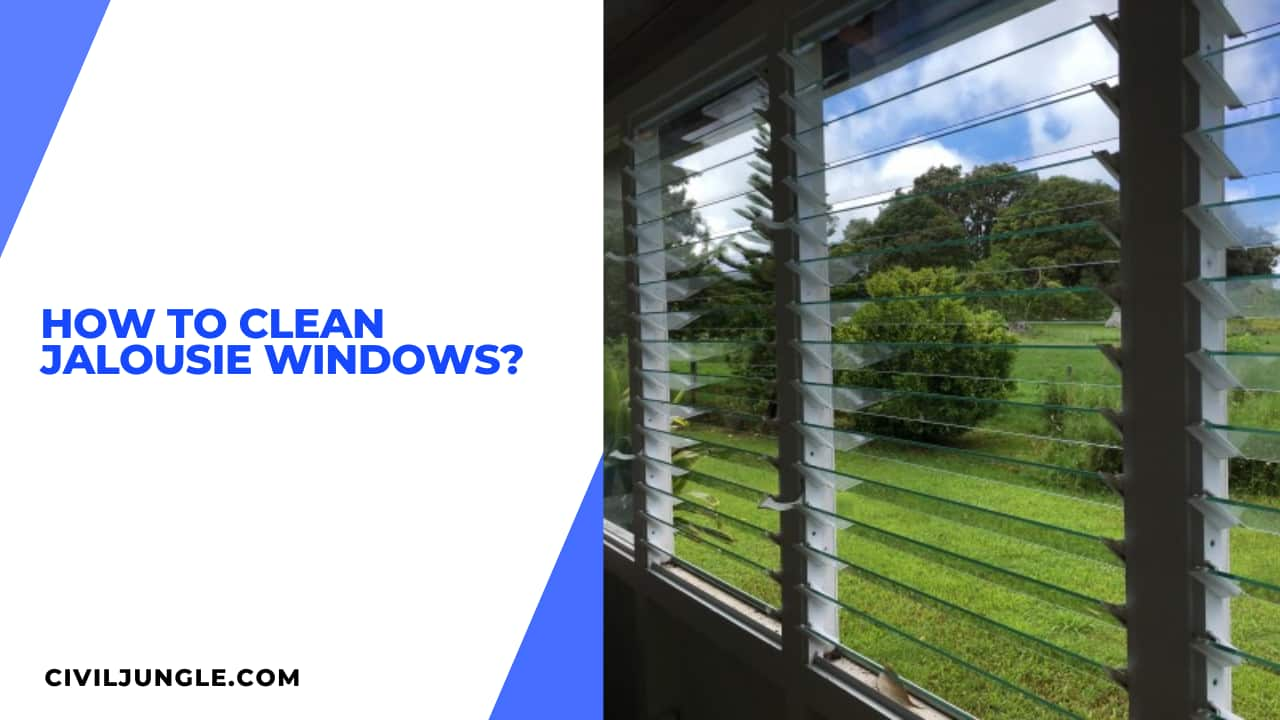
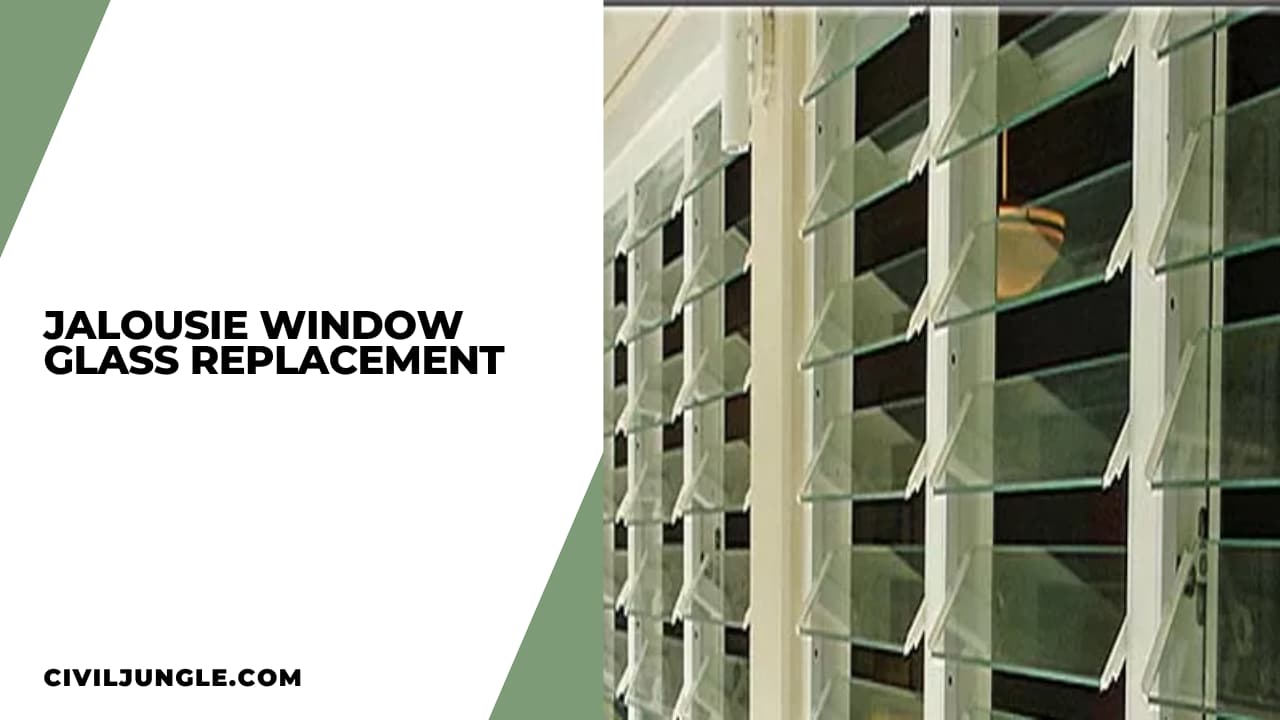
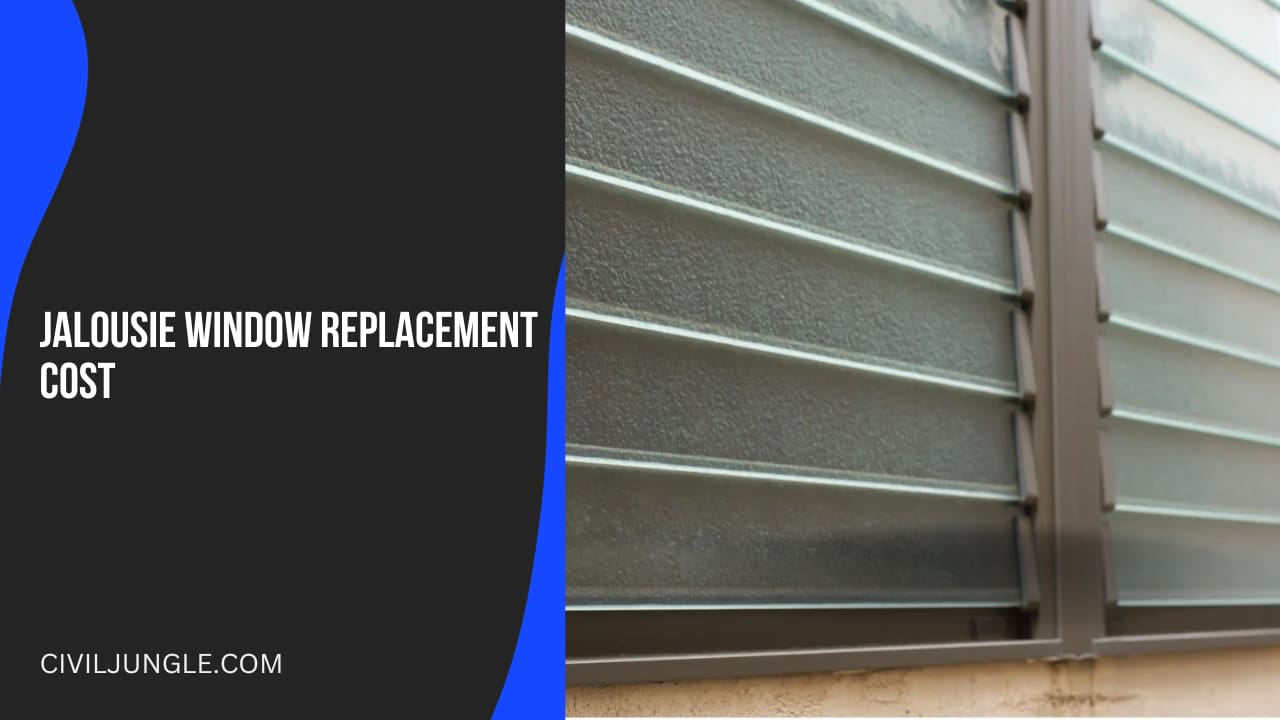

Leave a Reply